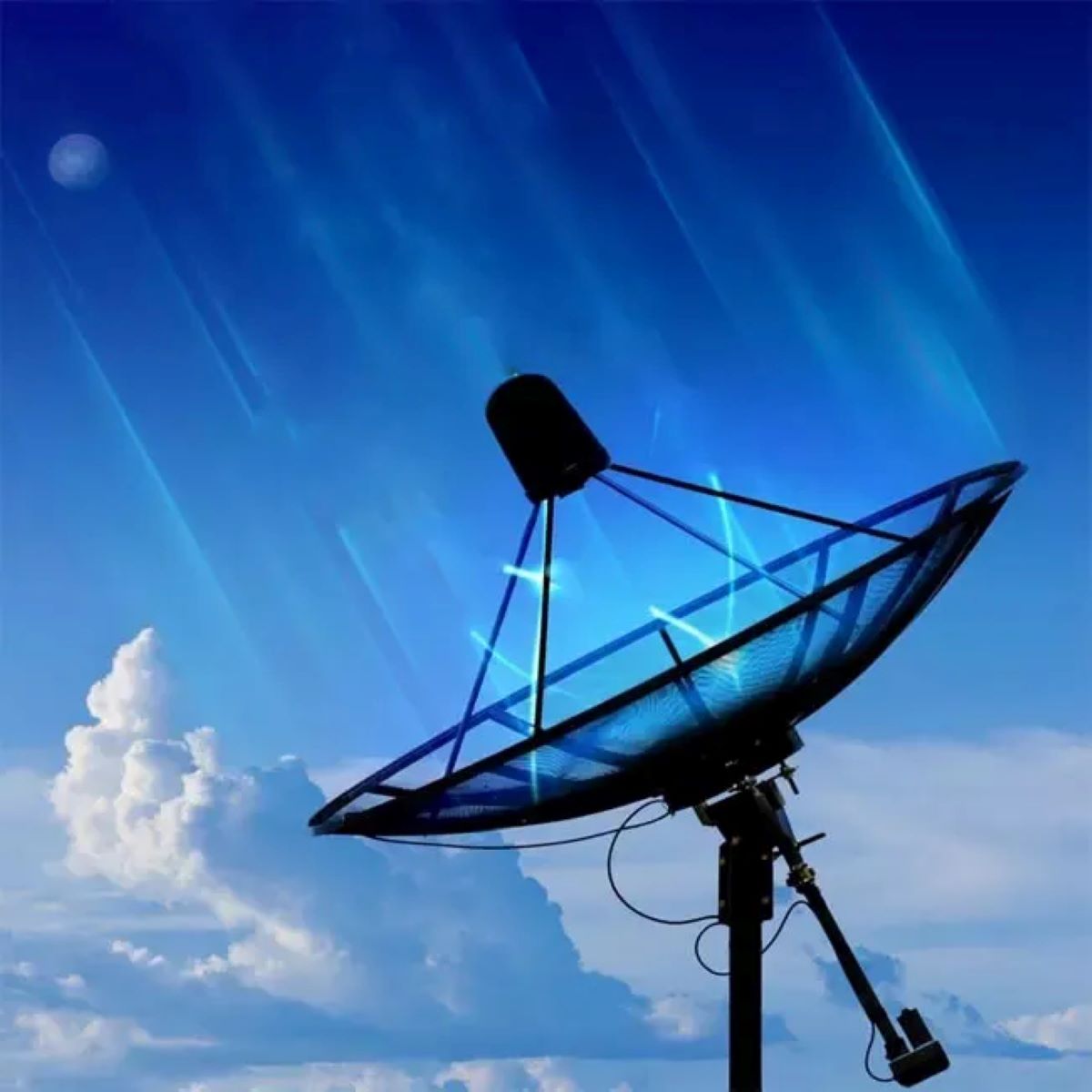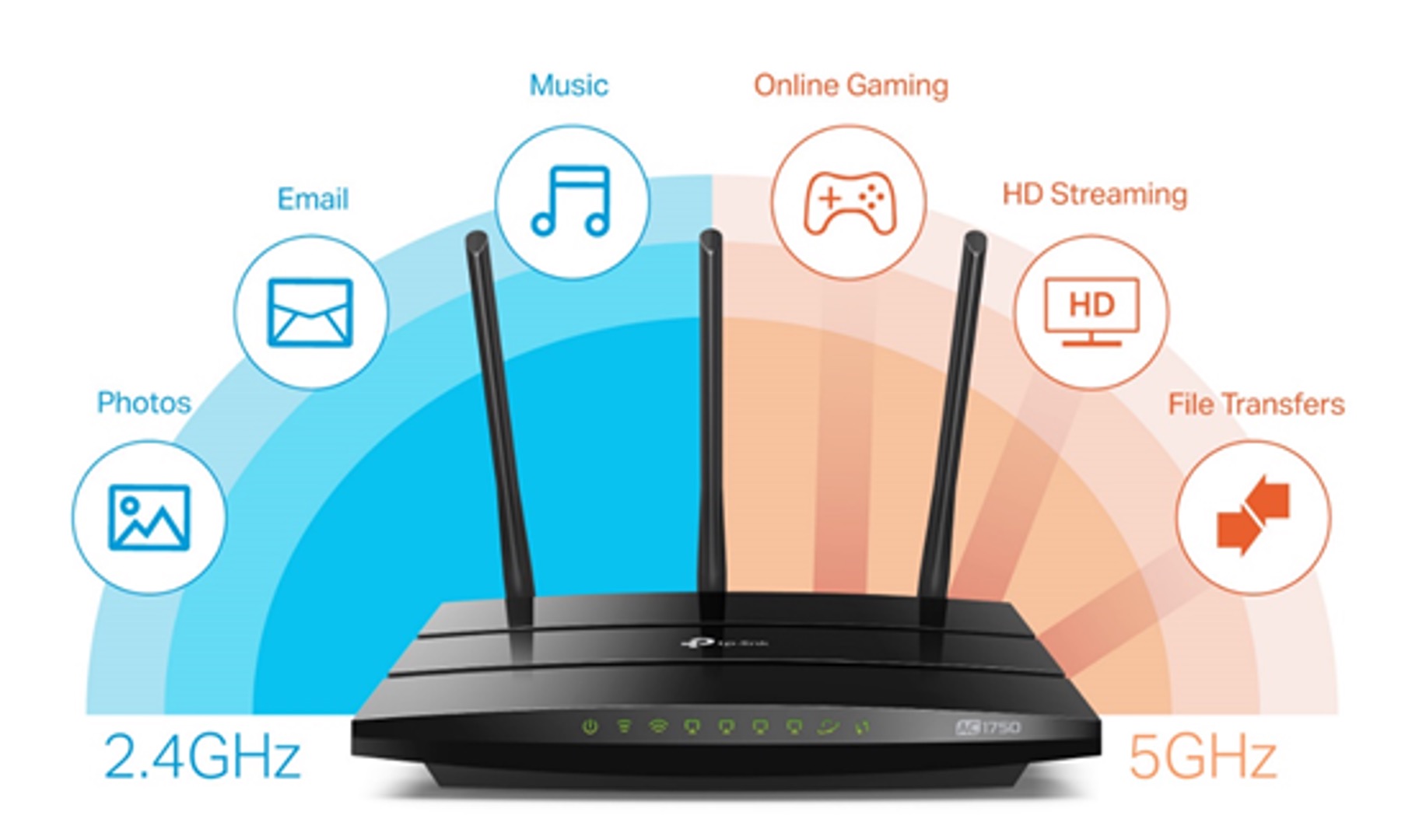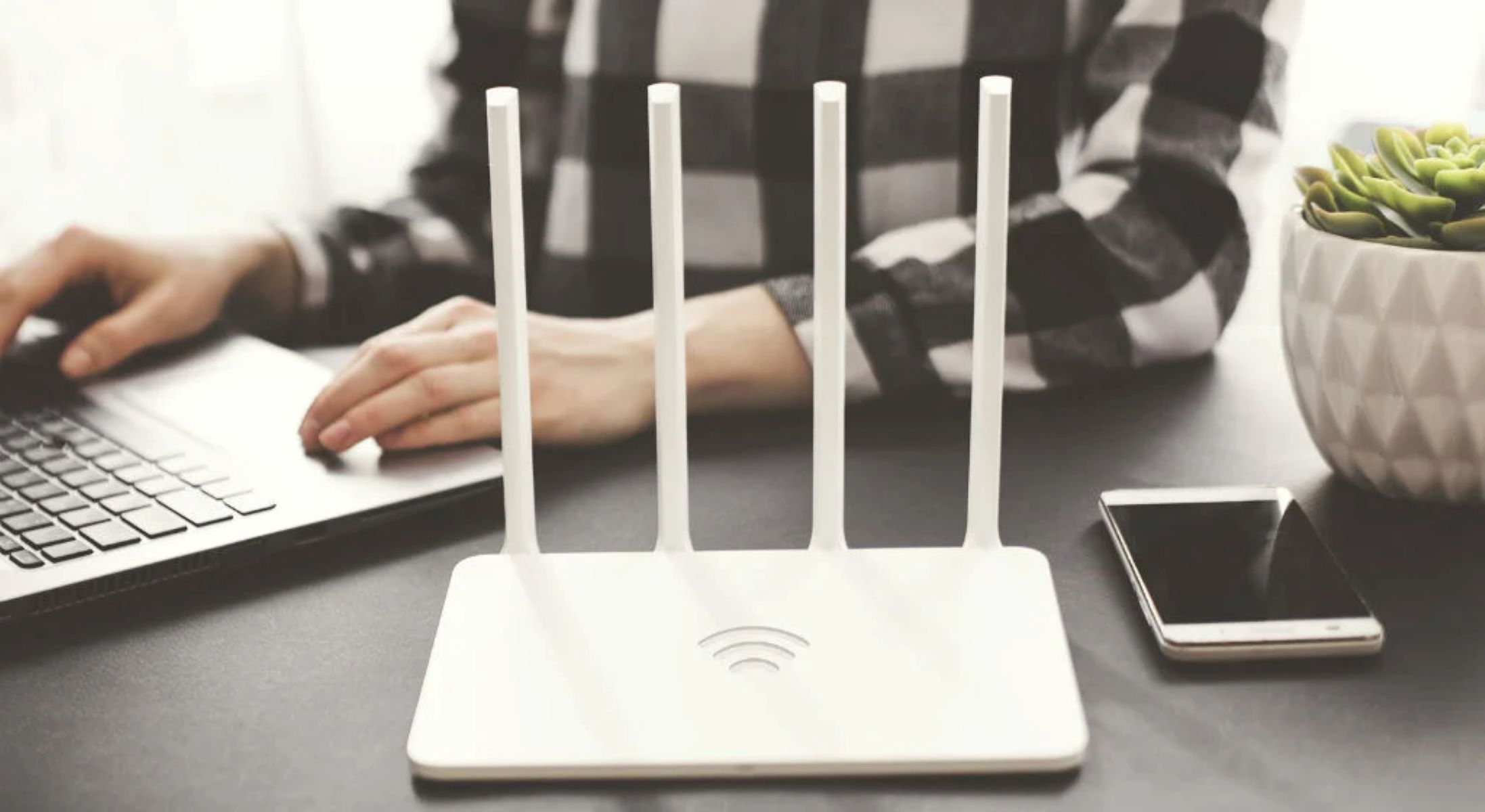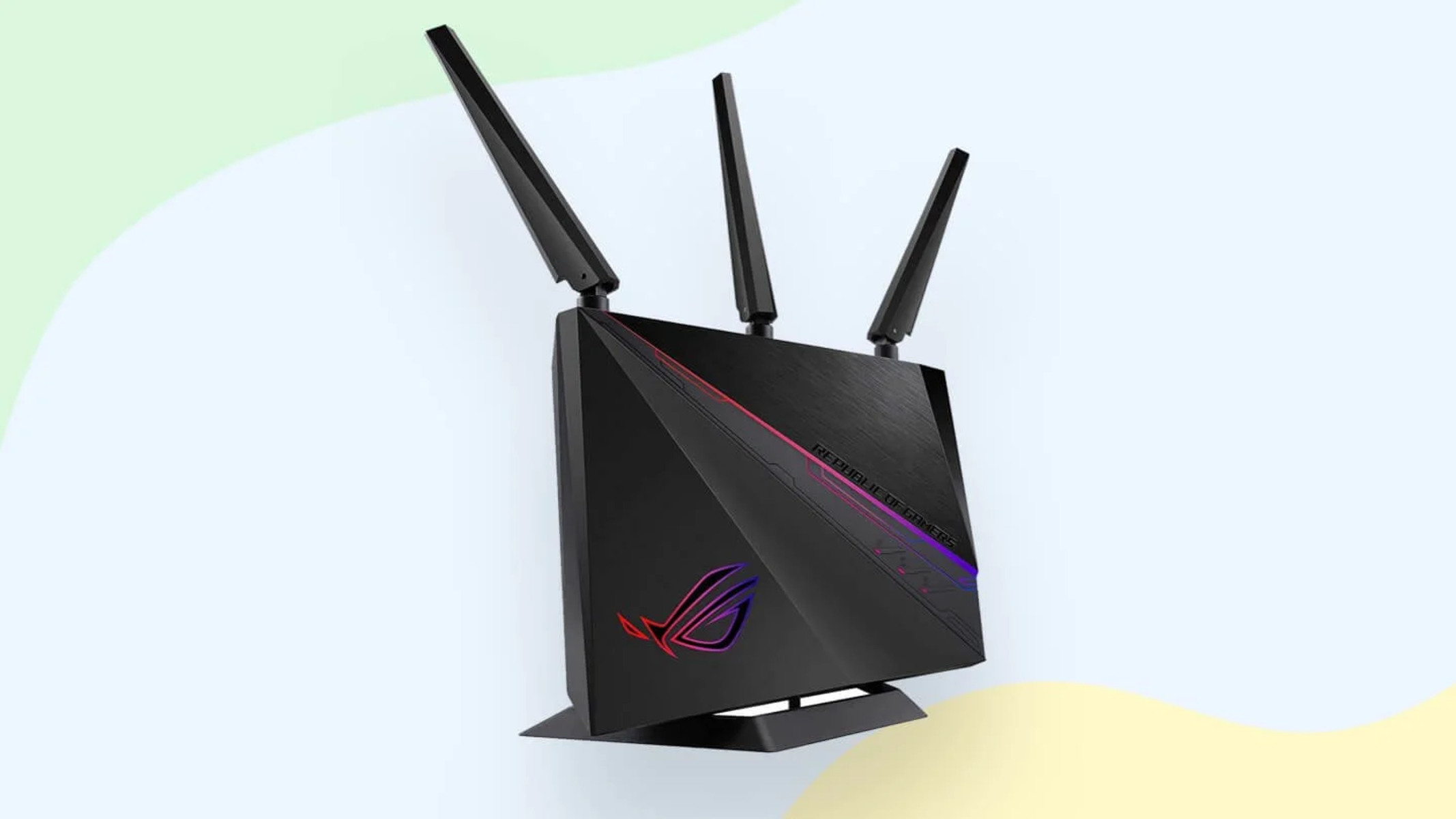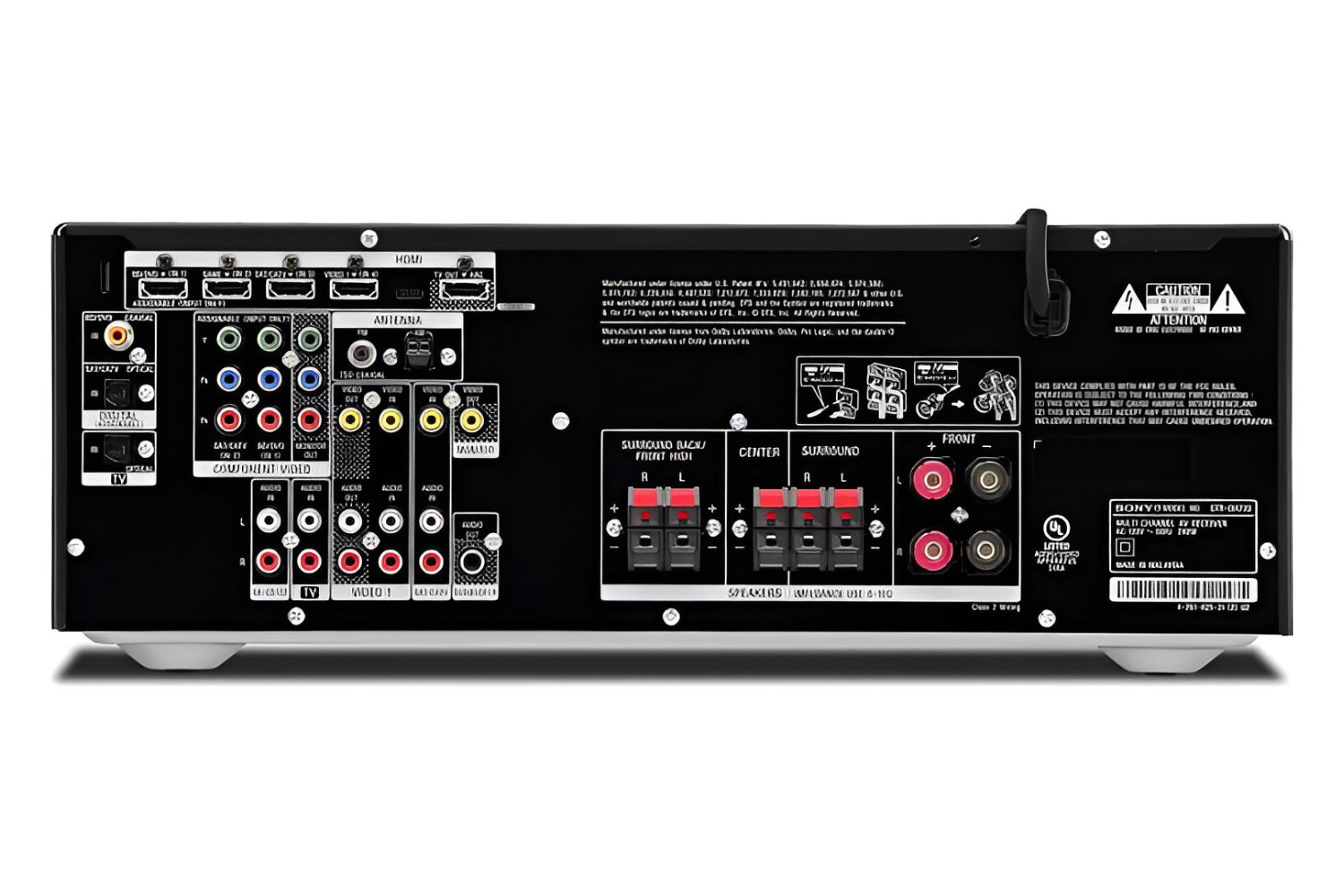Introduction
A wireless channel plays a crucial role in our interconnected world, enabling the seamless transmission of information and data over long distances without the need for physical connections. In this digital age, wireless communication has become an integral part of our daily lives, connecting devices, networks, and people in ways that were once unimaginable.
A wireless channel refers to the pathway through which wireless signals, such as radio waves or microwaves, are transmitted from a sender to a receiver. This channel acts as a medium, facilitating the transfer of data, voice, and video signals between wireless devices, such as smartphones, tablets, laptops, and even IoT devices. By utilizing these wireless channels, we can access the internet, make phone calls, send text messages, stream videos, and much more, all without the constraints of physical connections.
Wireless channels come in various forms, each with its own strengths and limitations. They can operate on different frequencies, including the popular Wi-Fi bands, cellular networks, Bluetooth, and satellite connections. Each type of wireless channel has its specific range, data transfer rate, and reliability, which determine its suitability for different applications.
The wireless channel communication is influenced by multiple factors. The distance between the sender and receiver, the presence of obstacles or interference, and the power of the transmitted signal can all impact the quality and reliability of the communication. Additionally, environmental conditions such as weather and electromagnetic interference can also affect the performance of wireless channels.
Despite the advancements in wireless technology, there are still challenges that arise when utilizing wireless channels. Signal degradation, signal loss, and interference from other devices or networks can hinder the seamless transmission of data. Additionally, security concerns and the risk of unauthorized access or data breaches pose challenges in maintaining the privacy and integrity of wireless communications.
However, the convenience and flexibility offered by wireless channels far outweigh these challenges. Wireless communication has revolutionized various industries, including telecommunications, healthcare, transportation, and entertainment. From making phone calls on the go to controlling smart home devices remotely, wireless channels have become an essential part of our everyday lives.
In the following sections, we will explore the different types of wireless channels, delve into the factors that affect their performance, examine the challenges faced in wireless channel communication, and discuss how wireless channels are utilized in everyday life.
Definition of a Wireless Channel
A wireless channel is a pathway through which wireless signals travel to facilitate the transfer of information between devices without the need for physical connections. It serves as the medium for wireless communication, enabling the transmission of data, voice, and video signals over long distances.
Wireless channels utilize various types of wireless technologies, such as radio waves, microwaves, and infrared, to transmit signals from a sender to a receiver. These signals are modulated and demodulated to encode and decode the transmitted information. The wireless channel acts as a conduit, allowing the signals to propagate through space or the atmosphere to reach the intended destination.
One of the primary advantages of wireless channels is their ability to provide flexible and convenient communication. By eliminating the need for physical connections, wireless channels allow devices to communicate easily, even when they are far apart or in motion. This is particularly valuable in situations where it is impractical or impossible to lay cables or wires, such as in remote areas or during mobile communication.
Wireless channels operate on different frequencies, each with its own range and bandwidth. Wi-Fi networks, for example, typically operate on the 2.4 GHz or 5 GHz frequency bands, offering varying speeds and coverage. Cellular networks, on the other hand, utilize frequency bands assigned to specific mobile network operators to provide voice and data services.
The performance of wireless channels can be affected by various factors. The distance between the sender and receiver plays a crucial role, as signal strength weakens as distance increases. Obstacles such as walls, buildings, and other physical barriers can also attenuate the signals, leading to signal loss or degradation. Interference from other electronic devices operating on similar frequencies can further impact the reliability of wireless communication.
Despite these challenges, wireless channels have become an integral part of modern communication systems. They are used in a wide range of applications, from wireless internet access and mobile communication to remote control systems and IoT (Internet of Things) devices. Advances in wireless technology continue to improve the performance and reliability of wireless channels, making them an indispensable component of our connected world.
Types of Wireless Channels
Wireless channels come in various types, each with its own unique characteristics and applications. Understanding these types can help us better understand the capabilities and limitations of wireless communication. Here are some common types of wireless channels:
- Wi-Fi: Wi-Fi, short for Wireless Fidelity, is a wireless communication technology that allows devices to connect to the internet or other local network wirelessly. Wi-Fi channels operate in the unlicensed 2.4 GHz and 5 GHz frequency bands and are widely used in homes, offices, and public spaces. They offer high data transfer rates and provide coverage within a limited range.
- Bluetooth: Bluetooth is a wireless technology that enables short-range communication between devices, typically within a range of approximately 10 meters. It is commonly used for connecting devices such as smartphones, tablets, and wireless headphones. Bluetooth operates on the 2.4 GHz frequency band and supports data transmission for audio streaming, file sharing, and peripheral device connectivity.
- Cellular Networks: Cellular networks, including 4G and emerging 5G technology, provide wireless voice and data services over long distances. These networks utilize a network of cell towers to provide coverage over a wide geographical area. Cellular networks operate on various frequencies and offer high-speed data connections for mobile devices, allowing users to make calls, send messages, and access the internet on the go.
- Satellite Communication: Satellite communication involves the transmission of signals to and from satellites in orbit. This type of wireless channel is used for long-distance communication, connecting remote areas where terrestrial infrastructure may be difficult or expensive to deploy. Satellite communication is commonly used for television broadcasting, global positioning systems (GPS), and maritime and aviation communication.
- Infrared Communication: Infrared (IR) communication uses infrared light to transmit signals between devices. It is commonly utilized in applications such as TV remote controls, infrared data transfer between devices, and optical communication within short distances. Infrared signals have limited range and require a direct line of sight between the sender and receiver.
These are just a few examples of the types of wireless channels in use today. Each type offers its own advantages and limitations, making them suitable for specific applications. The continuous advancements in wireless technology are expanding the capabilities of wireless communication, enabling us to stay connected in more ways than ever before.
Factors Affecting Wireless Channels
Several factors can influence the performance and reliability of wireless channels. Understanding these factors is essential for optimizing wireless communication and ensuring seamless connectivity. Here are some key factors that affect wireless channels:
- Distance: The distance between the sender and receiver is a critical factor in wireless communication. As the distance increases, the signal strength diminishes, leading to a weaker and less reliable connection. Signal degradation over distance is a common occurrence in wireless channels, and it is crucial to consider the range of the wireless technology being used.
- Obstacles: Physical barriers such as walls, buildings, and other objects can obstruct wireless signals, leading to signal loss or attenuation. The materials used in these obstacles, such as concrete or metal, can significantly impact signal penetration. The number and density of obstacles between the sender and receiver are crucial factors to consider when assessing the performance of a wireless channel.
- Interference: Interference from other wireless devices, such as routers, cordless phones, or neighboring networks, can disrupt wireless communication. When multiple devices operate on the same frequency band, there is a higher chance of interference, which can lead to signal degradation and reduced data transfer rates. Managing interference through careful frequency planning and channel allocation is essential to maintain reliable wireless communication.
- Signal Strength: The strength of the wireless signal plays a crucial role in determining the quality and reliability of the wireless channel. Factors such as the power of the transmitter, antenna design, and signal amplification can impact signal strength. A stronger signal can help overcome obstacles and interference, providing a more stable and robust wireless connection.
- Environmental Conditions: Environmental factors like weather conditions, temperature, humidity, and electromagnetic interference can affect wireless communication. Adverse weather conditions, such as heavy rain or storms, can weaken or disrupt wireless signals. Similarly, electromagnetic interference from other electronic devices or power lines can introduce noise and impact signal integrity.
- Bandwidth: The available bandwidth of a wireless channel determines the data transfer rate and capacity. Limited bandwidth can result in slower data transmission and decreased network performance. Factors such as channel congestion and the presence of other users sharing the same bandwidth can impact the available bandwidth and affect wireless communication.
Understanding these factors and their impact on wireless channels is crucial for ensuring reliable and efficient communication. By considering these factors and implementing appropriate measures, such as using signal repeaters, optimizing antenna placement, or deploying interference mitigation techniques, we can improve the performance of wireless channels and provide a better user experience.
Challenges in Wireless Channel Communication
While wireless channels offer numerous benefits, they also present various challenges that can impact the reliability and performance of wireless communication. Understanding these challenges is crucial for addressing them effectively. Here are some of the key challenges in wireless channel communication:
- Signal Degradation: Wireless signals can degrade over distance, resulting in reduced signal strength and data transfer rates. This can lead to weaker connections and slower internet speeds, especially when the sender and receiver are far apart.
- Signal Interference: Interference from other wireless devices operating on similar frequencies can disrupt wireless communication. This interference can introduce noise and reduce the signal strength, leading to degraded performance or even signal loss.
- Wireless Security: Security is a critical concern in wireless communication. Wireless signals can be intercepted or accessed by unauthorized users, compromising the privacy and integrity of transmitted data. Ensuring robust security measures, such as encryption and secure authentication protocols, is essential to protect wireless channels from potential threats.
- Limited Bandwidth: Wireless channels have limited bandwidth, meaning they can only handle a certain amount of data at a given time. Bandwidth limitations can lead to slower data transfer rates, especially in crowded areas or when multiple devices are connected to the same wireless channel.
- Environmental Factors: Environmental conditions such as weather, interference from other electromagnetic sources, and physical obstacles can impact the performance of wireless channels. Adverse weather conditions, like heavy rainfall or extreme temperatures, can weaken signals or cause signal loss.
- Signal Quality: The quality of the wireless signal can be affected by factors such as signal strength, signal-to-noise ratio, and modulation techniques. Poor signal quality can result in data errors or loss, leading to disruptions in wireless communication.
Mitigating these challenges requires a combination of technical solutions, best practices, and continuous advancements in wireless technology. For example, implementing signal repeaters or boosters can help overcome signal degradation and improve coverage. Using advanced interference mitigation techniques and frequency planning can minimize the impact of signal interference. Additionally, employing robust encryption protocols and secure authentication mechanisms can enhance wireless security.
As wireless communication continues to evolve, industry advancements, such as the deployment of 5G networks and the development of new wireless technologies, are addressing these challenges and pushing the boundaries of wireless channel communication. By addressing these challenges and adopting appropriate measures, we can maximize the potential of wireless channels and ensure reliable, secure, and efficient wireless communication.
How Wireless Channels are Used in Everyday Life
Wireless channels have become an integral part of our everyday lives, revolutionizing the way we communicate, access information, and connect with the world around us. Here are some examples of how wireless channels are used in various aspects of our daily lives:
- Mobile Communication: Wireless channels enable us to make phone calls, send text messages, and use mobile apps on our smartphones. Cellular networks provide wireless communication services, allowing us to stay connected with friends, family, and colleagues wherever we go.
- Wireless Internet Access: Wi-Fi networks provide wireless internet access in our homes, offices, cafes, and public spaces. This allows us to browse the web, stream videos, send emails, and interact on social media platforms without the constraints of physical connections.
- IoT Devices: Wireless channels facilitate the communication between various Internet of Things (IoT) devices, enabling the automation and control of smart homes, smart appliances, and wearable devices. This connectivity allows us to monitor and control our devices remotely and create a more efficient and connected living environment.
- Entertainment: Wireless channels play a vital role in entertainment options such as streaming services, online gaming, and multimedia content. Wi-Fi and cellular networks provide the connectivity for streaming high-resolution videos, playing online games, and accessing a vast library of digital content on demand.
- Wireless Audio: Bluetooth technology enables wireless audio transmission, allowing us to connect wireless headphones, speakers, and other audio devices to our smartphones, tablets, or computers. This wireless audio capability provides convenience and freedom of movement without being tethered by cables.
- Wireless Home Security: Wireless channels are utilized in home security systems, enabling wireless security cameras, motion sensors, and smart locks to communicate with a centralized control panel or our smartphones. This wireless connectivity allows us to monitor and secure our homes remotely.
- Wireless Payments: Wireless communication technology, such as near-field communication (NFC), enables contactless payments using mobile wallets or payment cards. With a simple tap or wave of our smartphones or smart cards, we can make secure payments at various retail locations.
These are just a few examples of how wireless channels impact our daily lives. Wireless communication technology continues to evolve, constantly introducing new possibilities and applications. The convenience, flexibility, and connectivity offered by wireless channels have transformed the way we live, work, and engage with the world around us.
Conclusion
Wireless channels have revolutionized the way we communicate and interact in our digital world. They enable seamless wireless communication, eliminating the constraints of physical connections and providing flexibility and convenience. From mobile communication and wireless internet access to IoT devices and entertainment options, wireless channels have become an integral part of our daily lives.
Understanding the different types of wireless channels, such as Wi-Fi, Bluetooth, cellular networks, and satellite communication, allows us to leverage their unique capabilities for various applications. However, wireless channel communication is not without its challenges. Factors like signal degradation, interference, limited bandwidth, and environmental conditions can impact the performance and reliability of wireless communication. It is crucial to address these challenges through technical solutions and best practices to ensure optimal wireless channel usage.
Despite the challenges, wireless channels continue to evolve, offering higher speeds, greater coverage, and enhanced security. Advancements such as 5G networks and the expansion of IoT devices are pushing the boundaries of wireless communication, allowing us to stay connected and access information in ways that were once unimaginable.
In conclusion, wireless channels have transformed the way we live, work, and communicate. They have become an indispensable part of our interconnected world, providing us with seamless wireless communication, instant access to information, and a myriad of innovative applications. As technology continues to advance, wireless channels will continue to evolve, opening up new possibilities and reshaping our future.







